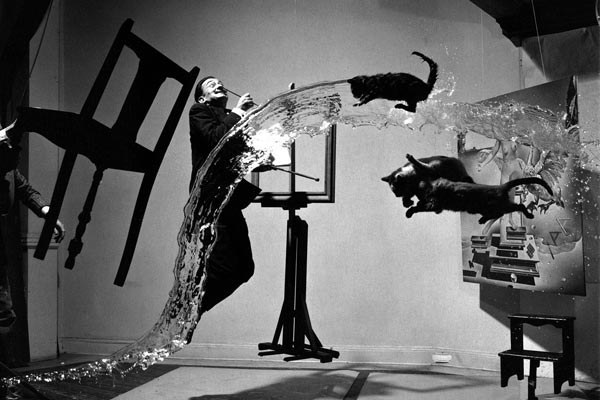Famous Historical Photographs And Their History

Photographs can capture moments in time, preserve memories, and influence history. Some photographs are so iconic that they become symbols of an era, a movement, or a cause. They can evoke emotions, inspire actions, and challenge perspectives. Today, we will discuss five of the most famous historical photographs and the stories behind them.
Famous Historical Photographs
The Terror of War (1972)
This photograph, taken by Nick Ut for the Associated Press, shows a 9-year-old girl named Phan Thi Kim Phuc running naked and screaming after a napalm attack on her village in South Vietnam. The image shocked the world and exposed the horrors of the Vietnam War. It won the Pulitzer Prize for his photo and helped Kim Phuc get medical treatment for her burns. The photo also contributed to the growing anti-war sentiment in the United States and hastened the war's end in 1973.
The Burning Monk (1963)
This photograph, taken by Malcolm Browne for the Associated Press, shows a Buddhist monk setting himself on fire in Saigon to protest the persecution of Buddhists by the South Vietnamese government. The image stunned the world and drew attention to Vietnam's religious and political crisis. Browne also won the Pulitzer Prize for his photo and influenced President John F. Kennedy to change his policy toward Vietnam. The photo also inspired other monks to self-immolate for their cause.
Migrant Mother (1936)
This photograph, taken by Dorothea Lange for the Farm Security Administration, shows an impoverished mother of seven children during the Great Depression. The image symbolised the plight of millions of Americans who suffered from poverty, hunger, and unemployment during the 1930s. She took the photo at a pea-pickers camp in California, where she met Florence Owens Thompson, the woman in the picture. The photo was widely published and helped raise public awareness and support for the New Deal programs to alleviate the economic crisis.
Raising the Flag on Iwo Jima (1945)
This photograph, taken by Joe Rosenthal for the Associated Press, shows six U.S. Marines raising an American flag atop Mount Suribachi during WWII's Battle of Iwo Jima. The image symbolised patriotism, courage, and victory for the American people and boosted their morale in the final stages of the war. Rosenthal also won the Pulitzer Prize for his photo and inspired the creation of the Marine Corps War Memorial in Washington, D.C. The photo also sparked controversy over its authenticity and the identities of the flag-raisers.
V-J Day in Times Square (1945)
This photograph, taken by Alfred Eisenstaedt for Life magazine, shows a sailor kissing a nurse in Times Square on August 14, 1945, when Japan surrendered and ended World War II. The image symbolised joy, relief, and romance for a nation celebrating its victory and welcoming its heroes home. Eisenstaedt did not get the couple's names in the picture, but several people have claimed to be them. The photo also sparked debate over whether it was staged, spontaneous, consensual, or coercive.
Conclusion[h2][/h2]
These are just some of the many famous historical photographs that have shaped our world and our culture. They show us moments of tragedy and triumph, suffering and celebration, conflict and peace. They also challenge us to think critically about their context, meaning, and impact. They remind us that history is not only made by words and deeds but also by images and stories.





Playing Foodle is an excellent idea for everyone who wishes to maintain a healthy diet and exercise routine. You must use your vocabulary as you look for the information hidden beneath these difficult hypotheses.
комментироватьВсего : 1, на странице: 1